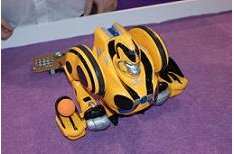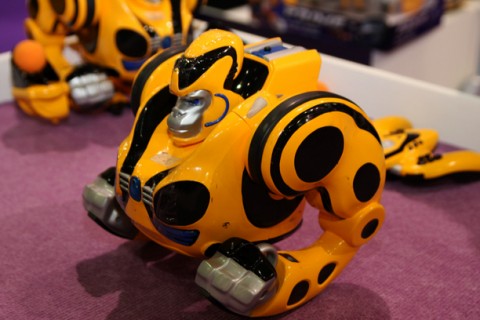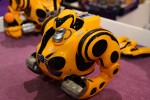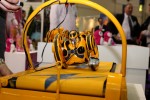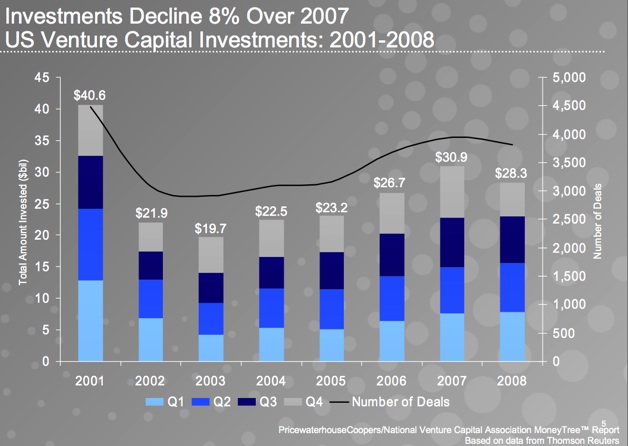
Women buy 57% of consumer electronics (to the tune of about $80B), but influence 90% of all CE purchases. The number of women who said they thought manufacturers had them in mind when developing products: 1%. That’s a number from 2004.
According to the Femme Den Smarties, Larry Summers was right: women’s brains ARE different from guys’ and, frankly, figuring out how to hook up a router is harder for us. For example, a Yale study tested college students’ ability to set a VCR from written instructions. Some 68% of the men managed to do it on the first try. Only 16% of the women succeeded. This could explain why we’re hopeless when it comes to simple things, like installing a home theater.
Men, literally, have more gray matter in their brains. That makes them better at specialized and focused tasks. Women, on the other hand, have more white matter. That’s the tissue that wires processing centers together. That means we rock at multitasking, and integrating functions, but figuring out the glitch with the WiFi can be a hurdle.
How can manufacturers use these differences to their advantage? The Smart Design women had a few pointers. Among them:
- Recognize that being female is not niche.
We’re 51% of the population, people! And, when it comes to
shopping, we control over 80 cents on the dollar. “The biggest
mistake we have seen is treating women like a special interest group
with only post-design considerations like color and finish. We call
this the ’shrink it and pink it’ approach. And, it’s
offensive to most women.” says Enga. - Design for an average user, not a power user. This
doesn’t mean a dumbed-down product, but one that’s
accessible to the largest number of people. While men have more
patience than women with technological complexity than women (see
above), they’re equally charmed by products that are easy to
use. The iPod is, of course, the benchmark CE product for every
manufacturer, but the easy-to-use Flip Mino camcorder, which last year
sold 1.5M units, demonstrates the universal appeal of intuitive design.
Focus on pleasing the ladies, and you’ll likely get the guys as
well. - Expand the focus to include warmer values.
Cold values focus on things like faster, bigger, slicker, with more
features. Warm values include such things as a focus on how a product
fits into a user’s lifestyle. How does it fit into the home or
office aesthetically? Does it enable the buyer to do something she
normally wants to do, only better or easier? - Design with a recognition of a product’s broader impact.
Women’s language around consumer electronics invariably includes
other people. They worry about the effect of video games on their
children, the ability of their parents to use a cellphone in an
emergency, their husband’s obsession with his
Blackberry. They are, therefore, intrigued with products that have
positive social effects--like the Wii’s knack for enabling
interactive fun for a range of users. - Add features only if there’s a good reason to do so
– not just to please the marketing department, or because the
company’s engineers are enamored with their own technological
wizardry. “A 50-page quick start manual is not a good
idea,” says Eden.
Article link (Fast Company)

